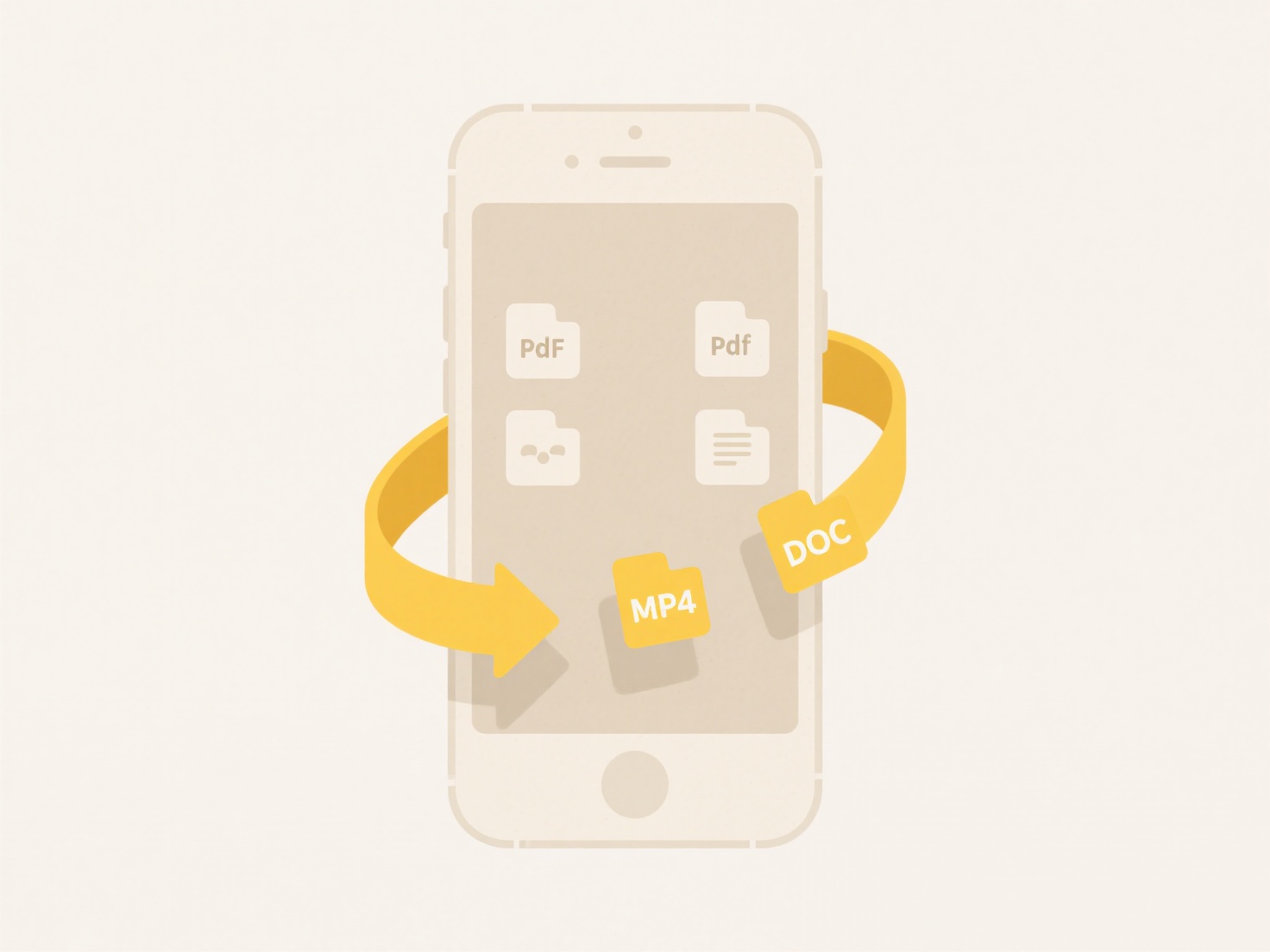
Duplicate file names occur when multiple users save different files with identical names in the same shared drive folder. Shared drives, unlike personal storage, allow collaborative editing, so name conflicts are common. Most platforms automatically resolve this by adding a suffix (like a number) to the new file, ensuring both files coexist without overwriting.

For instance, in Google Drive, if you upload two files named "Report.pdf," the second becomes "Report(1).pdf." Similarly, Microsoft SharePoint may append unique index numbers. These automatic resolutions help prevent accidental data loss during simultaneous team editing across departments like marketing or finance working on shared documents.
The main advantage is preventing unintended file deletion and maintaining data integrity. However, it can create clutter if many duplicates accumulate, potentially causing user confusion. Ethical considerations are minimal; it's primarily a usability practice. Good hygiene involves teams agreeing on clear naming conventions and periodically auditing folders to merge or archive outdated files, ensuring information remains easily discoverable.
How do I handle duplicate file names in shared drives?
Duplicate file names occur when multiple users save different files with identical names in the same shared drive folder. Shared drives, unlike personal storage, allow collaborative editing, so name conflicts are common. Most platforms automatically resolve this by adding a suffix (like a number) to the new file, ensuring both files coexist without overwriting.

For instance, in Google Drive, if you upload two files named "Report.pdf," the second becomes "Report(1).pdf." Similarly, Microsoft SharePoint may append unique index numbers. These automatic resolutions help prevent accidental data loss during simultaneous team editing across departments like marketing or finance working on shared documents.
The main advantage is preventing unintended file deletion and maintaining data integrity. However, it can create clutter if many duplicates accumulate, potentially causing user confusion. Ethical considerations are minimal; it's primarily a usability practice. Good hygiene involves teams agreeing on clear naming conventions and periodically auditing folders to merge or archive outdated files, ensuring information remains easily discoverable.
Quick Article Links
How do I reduce false positives in search?
False positives in search occur when irrelevant results incorrectly match a query, often due to overly broad pattern mat...
Can I search for files downloaded today only?
Searching for files downloaded today refers to using built-in features on your computer or mobile device to filter your ...
Why are synced folders duplicating with suffixes?
Synced folders duplicating with suffixes typically occurs due to file name conflicts during synchronization. When multip...